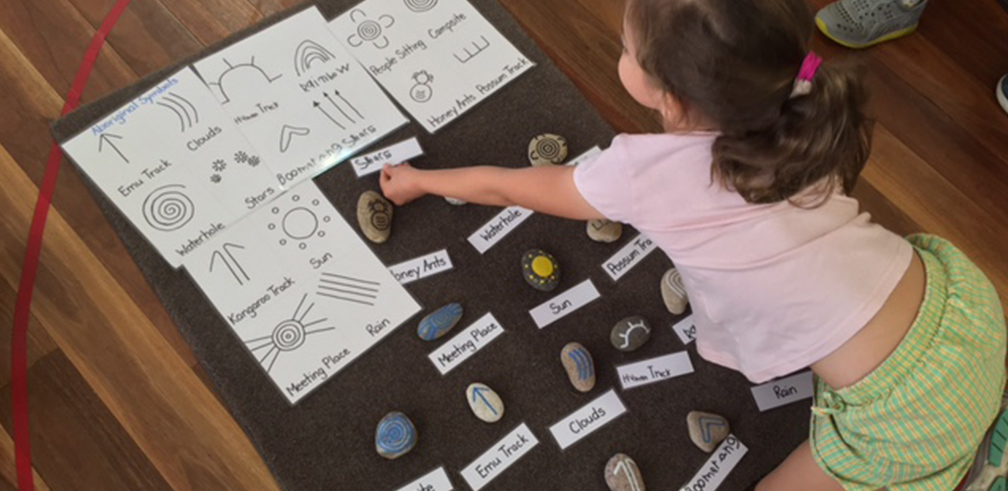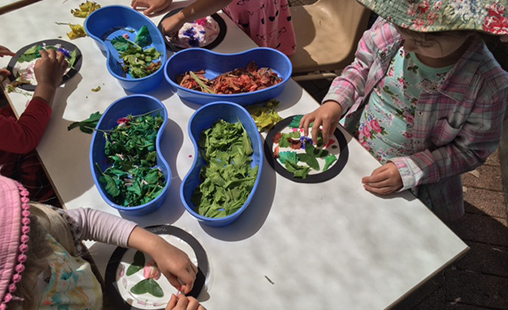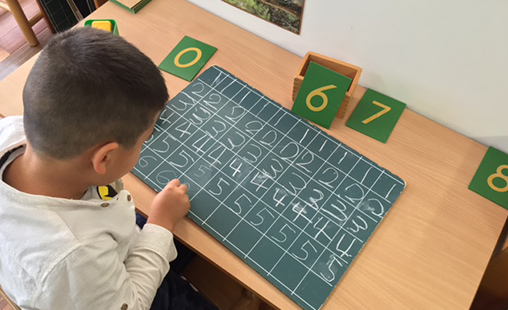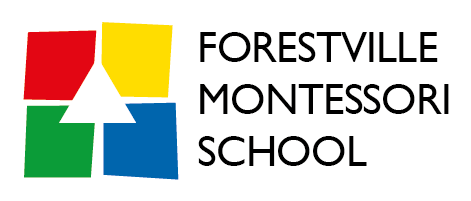Order All Around Me
In the 3-6 stage of development we understand that the child
has a basic human need for both routine and order in their environment.

Pippa Bettison, Director 3-6 Environment
At this age the order must be external, that is to say reflected in the things around them.
In the classroom, we build the child’s day around routines and consistency, which are important touchstones for the child to feel a sense of safety and security. This then gives them the chance to explore, free of uncertainty and anxiety.
 In a Montessori 3-6 the children know they are free to make choices, but choices within certain parameters. For example, they may choose only those activities that they have been presented with by the Director, and that they must be used with care and consideration and then returned when completed.
In a Montessori 3-6 the children know they are free to make choices, but choices within certain parameters. For example, they may choose only those activities that they have been presented with by the Director, and that they must be used with care and consideration and then returned when completed.
The children very quickly and readily become very familiar with their environment because every piece of material has its place in the room. They soon understand that each child’s physical workspace (whether it be on a table or on a floor mat), as well as their focus and concentration, is to be respected and not disturbed. They soon learn that each activity, which may consist of numerous items, is not only always complete and ready to be used, but that many activities are colour-coded, to be easily identified as belonging together. The children also quickly learn that activities placed in an area are all related and that they are placed in order of difficulty.
 This is the physical Structure that a Montessori 3-6 environment provides.
This is the physical Structure that a Montessori 3-6 environment provides.
But there is more to structure and order than the physical environment. There must also be a clear social structure in place. There are classroom rules, expectations and routines that the children know very well and can rely on to always be upheld. The social environment is a vital part of a Montessori setting. The children soon recognise that there are children of varying ages and abilities in the one environment and they must play a role in the community of children around them. Older children learn to guide and role model for the younger children. The younger children look up to the older children and learn from their example. With all of this structure and order, the child in a Montessori 3-6 environment is able to develop into an independent and confident member of a community, with a love of learning.
On mobile devices, swipe buttons below to see link to next article.
